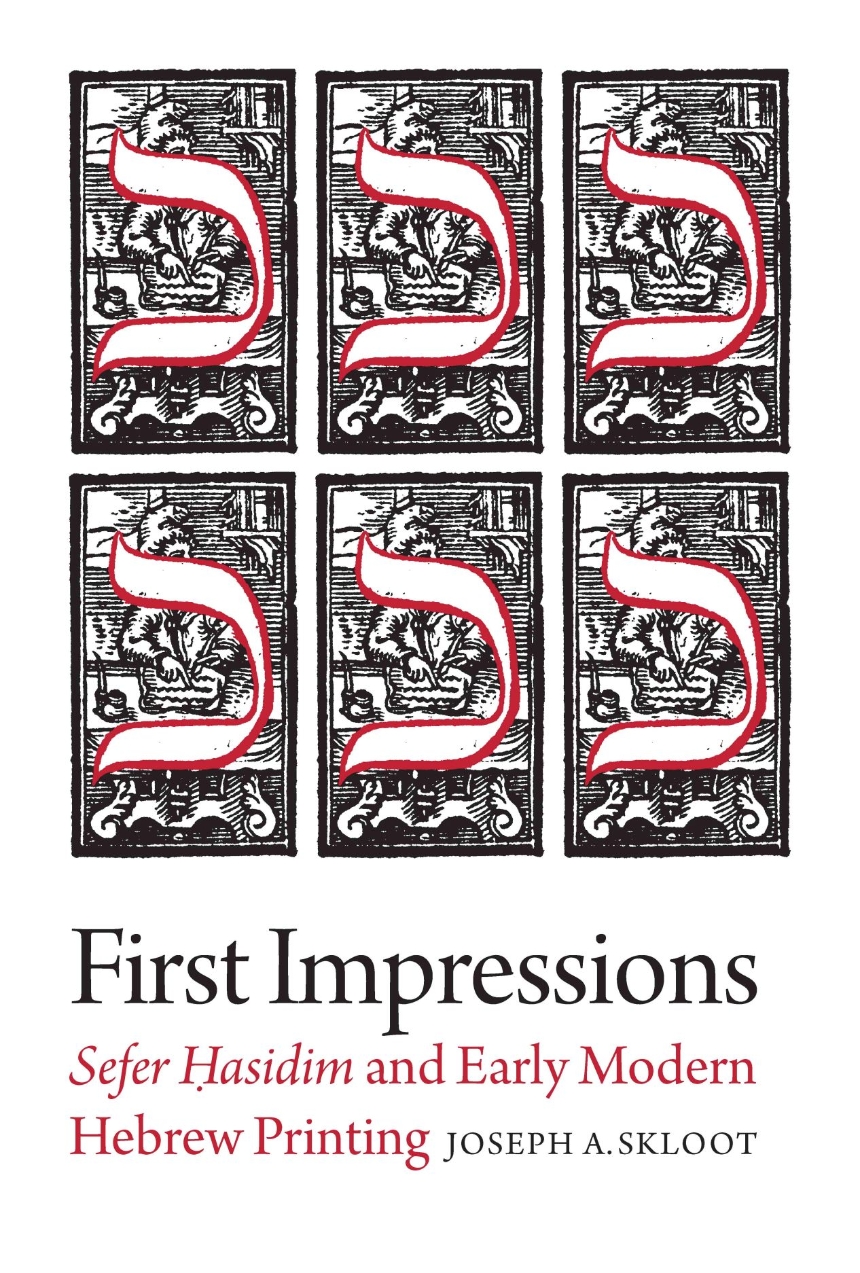9781684581498
9781684581504
9781684581511
Distributed for Brandeis University Press
First Impressions
Sefer Hasidim and Early Modern Hebrew Printing
Uncovers the history of creative adaptation and transformation through a close analysis of the creation of the Sefer Hasidim book.
In 1538, a partnership of Jewish silk makers in the city of Bologna published a book entitled Sefer Hasidim, a compendium of rituals, stories, and religious instruction that primarily originated in medieval Franco-Germany. How these men, of Italian and Spanish descent, came to produce a book that would come to shape Ashkenazic culture, and Jewish culture more broadly, over the next four centuries is the basis of this kaleidoscopic study of the history of Hebrew printing in the sixteenth century.
During these early years of printing, the classic works of ancient and medieval Hebrew and Jewish literature became widely available to Jewish (and non-Jewish) readers for the first time. Printing, though, was not merely the duplication and distribution of pre-existing manuscripts, it was the creative adaptation and transformation of those manuscripts by printers. Ranging from Catholic Bologna to Protestant Basel to the Jewish heartland of the Polish-Lithuanian Commonwealth, Joseph A. Skloot uncovers the history of that creativity by examining the first two print editions of Sefer Hasidim. Along the way, he demonstrates how volumes that were long thought to be eternal and unchanging were in fact artifacts of historical agency and contingency, created by and for human beings.
In 1538, a partnership of Jewish silk makers in the city of Bologna published a book entitled Sefer Hasidim, a compendium of rituals, stories, and religious instruction that primarily originated in medieval Franco-Germany. How these men, of Italian and Spanish descent, came to produce a book that would come to shape Ashkenazic culture, and Jewish culture more broadly, over the next four centuries is the basis of this kaleidoscopic study of the history of Hebrew printing in the sixteenth century.
During these early years of printing, the classic works of ancient and medieval Hebrew and Jewish literature became widely available to Jewish (and non-Jewish) readers for the first time. Printing, though, was not merely the duplication and distribution of pre-existing manuscripts, it was the creative adaptation and transformation of those manuscripts by printers. Ranging from Catholic Bologna to Protestant Basel to the Jewish heartland of the Polish-Lithuanian Commonwealth, Joseph A. Skloot uncovers the history of that creativity by examining the first two print editions of Sefer Hasidim. Along the way, he demonstrates how volumes that were long thought to be eternal and unchanging were in fact artifacts of historical agency and contingency, created by and for human beings.
268 pages | 11 halftones | 6 x 9 | © 2023
The Tauber Institute Series for the Study of European Jewry
History: European History
Religion: Judaism
Reviews
Table of Contents
Acknowledgements
Notes on This Text
List of Figures
Introduction
Chapter One: Sefer ?asidim in the Middle Ages
Chapter Two: The Partners of Bologna
Chapter Three: The Partners’ Sefer ?asidim: Paratexts and Text
Chapter Four: Ambrosius Froben of Basel
Chapter Five: Froben’s Sefer ?asidim: Paratexts
Chapter Six: Froben’s Sefer ?asidim: Text
Epilogue
Bibliography
Notes on This Text
List of Figures
Introduction
Chapter One: Sefer ?asidim in the Middle Ages
Chapter Two: The Partners of Bologna
Chapter Three: The Partners’ Sefer ?asidim: Paratexts and Text
Chapter Four: Ambrosius Froben of Basel
Chapter Five: Froben’s Sefer ?asidim: Paratexts
Chapter Six: Froben’s Sefer ?asidim: Text
Epilogue
Bibliography

